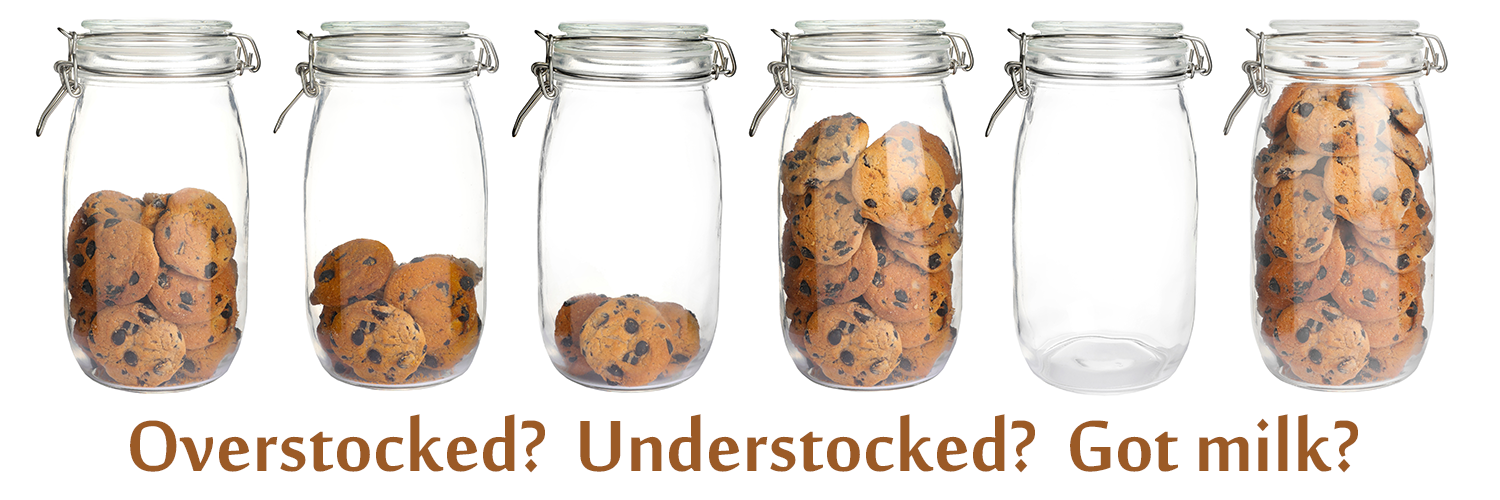Half Full? Half Empty? Who Cares?
The proverbial question of whether a glass is half full or half empty has been used as a measure of one's outlook on life. Optimists supposedly see it as half full, while the pessimists see it as half empty. This simplistic dichotomy, however, fails to address a more pertinent question in the realm of customer satisfaction and business strategy: Would the customer prefer the glass to be full or empty? This shift in perspective is crucial for businesses aiming to understand and meet the true needs and desires of their customers.
Understanding Customer Preferences
Customers are the lifeblood of any business. Understanding their preferences, expectations, and experiences is paramount. The traditional glass analogy, while useful in a philosophical context, does not adequately capture the complexities of customer satisfaction. In reality, customers rarely concern themselves with whether a service or product is partially adequate. They want to know if it meets their needs fully or not at all.
 For example, consider a restaurant scenario. If a customer orders a glass of water, they are not interested in philosophical musings about the water level. They expect the glass to be filled to an acceptable level. A half-filled glass would likely result in dissatisfaction, as it does not meet the basic expectation of fulfilling their request.
For example, consider a restaurant scenario. If a customer orders a glass of water, they are not interested in philosophical musings about the water level. They expect the glass to be filled to an acceptable level. A half-filled glass would likely result in dissatisfaction, as it does not meet the basic expectation of fulfilling their request.
Continuing the restaurant analogy, does it matter if the cookie jar is half full or half empty when the customer wants "cookies and milk" and you are out of milk? Understanding customer needs is necessary to meet and exceed customer expectations.
Full or Empty: Meeting Expectations
The concept of a glass being full or empty translates into meeting or failing to meet customer expectations. When a customer engages with a business, they come with certain expectations. These can range from the quality and functionality of a product to the level of service and support provided. Meeting these expectations is akin to serving a full glass. Falling short, even if only by half, can lead to dissatisfaction and negative perceptions.
Take, for instance, a software company. A customer who subscribes to a software service expects it to function seamlessly, provide value, and be supported by robust customer service. If the software only works intermittently or lacks essential features, the customer is left with a "half-empty" experience. Even if some aspects of the service are satisfactory, the unmet expectations can overshadow the positives. In contrast, a "full" experience where the software meets all the customer’s needs and expectations can lead to high satisfaction, loyalty, and positive word-of-mouth.
The Role of Perception in Customer Satisfaction
Perception plays a crucial role in how customers evaluate their experiences. A glass half full or half empty is a matter of perception. Similarly, how customers perceive the value and quality of a product or service can significantly influence their satisfaction levels. It is important for businesses to manage these perceptions effectively.
Marketing and communication strategies should aim to set realistic expectations and deliver on promises. Overpromising and underdelivering can lead to a "half-empty" perception, even if the actual offering is of good quality. Conversely, setting clear, attainable expectations and consistently meeting or exceeding them can create a "full" perception, enhancing customer satisfaction.
Customization: Filling the Glass For Customer Needs
One size does not fit all when it comes to customer satisfaction. Different customers have different needs, preferences, and expectations. Therefore, businesses must strive to understand their customer segments and tailor their offerings accordingly.
Customization and personalization are key strategies in this regard. By leveraging data and insights about customer preferences, businesses can provide personalized experiences that feel like a "full glass" to each customer. Whether it’s through personalized recommendations, bespoke services, or tailored communication, customization helps in aligning the product or service with the individual customer’s expectations.
Proactive Engagement and Feedback
Another critical aspect of ensuring the glass is always full for customers is through proactive engagement and feedback mechanisms. Regularly seeking customer feedback and acting on it demonstrates a commitment to meeting their needs. It allows businesses to identify gaps, address issues promptly, and continuously improve their offerings.
Proactive engagement also involves anticipating customer needs and offering solutions before they encounter problems. This level of attentiveness can transform a merely satisfactory experience into an exceptional one, ensuring that the customer’s glass is not just full, but overflowing.
Perception of Experience is The Entire Experience
The age-old debate of whether the glass is half full or half empty is a useful metaphor for understanding different perspectives. However, in the context of customer satisfaction and business strategy, the more relevant question is whether the customer prefers the glass to be full or empty. Businesses that focus on fully meeting customer needs and expectations, managing perceptions, and offering personalized experiences are more likely to succeed in today's competitive landscape.
By shifting the focus from a simplistic half full / half empty binary to a more nuanced understanding of customer preferences, businesses can create more meaningful and satisfying experiences for their customers. After all, in the end, what truly matters is not how we see the glass, but how the customer experiences it with our consultative guidance.